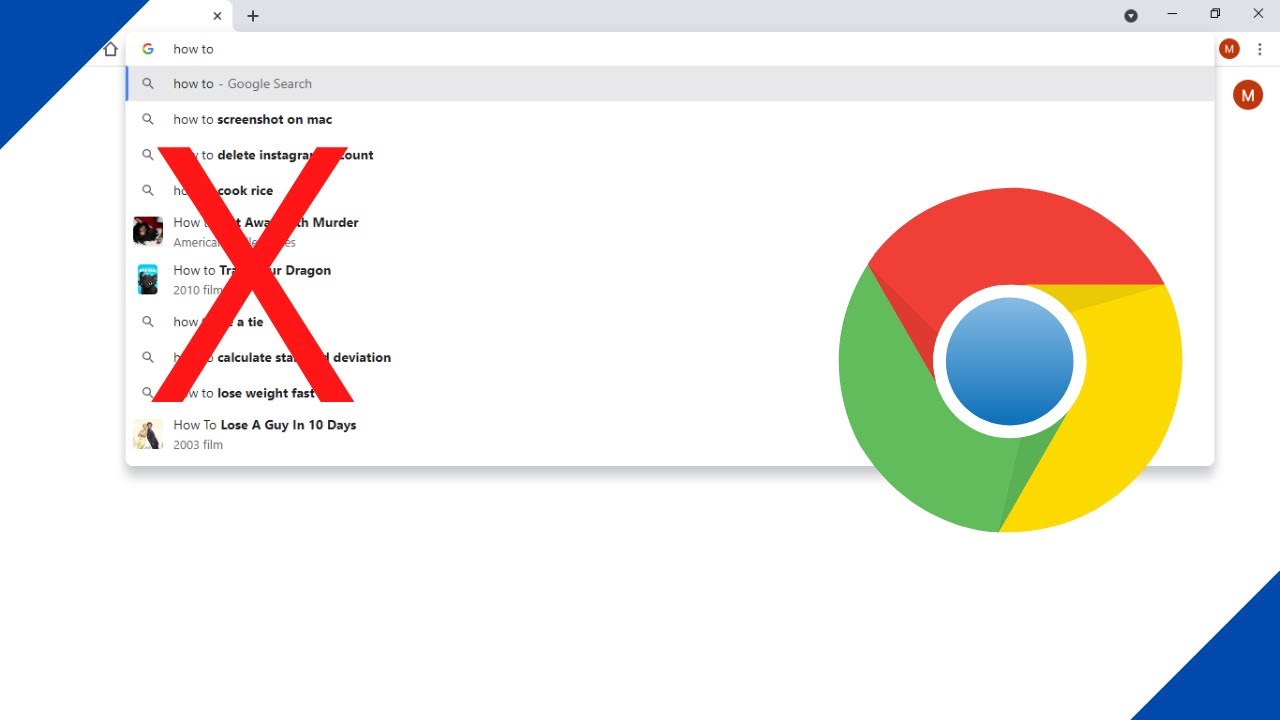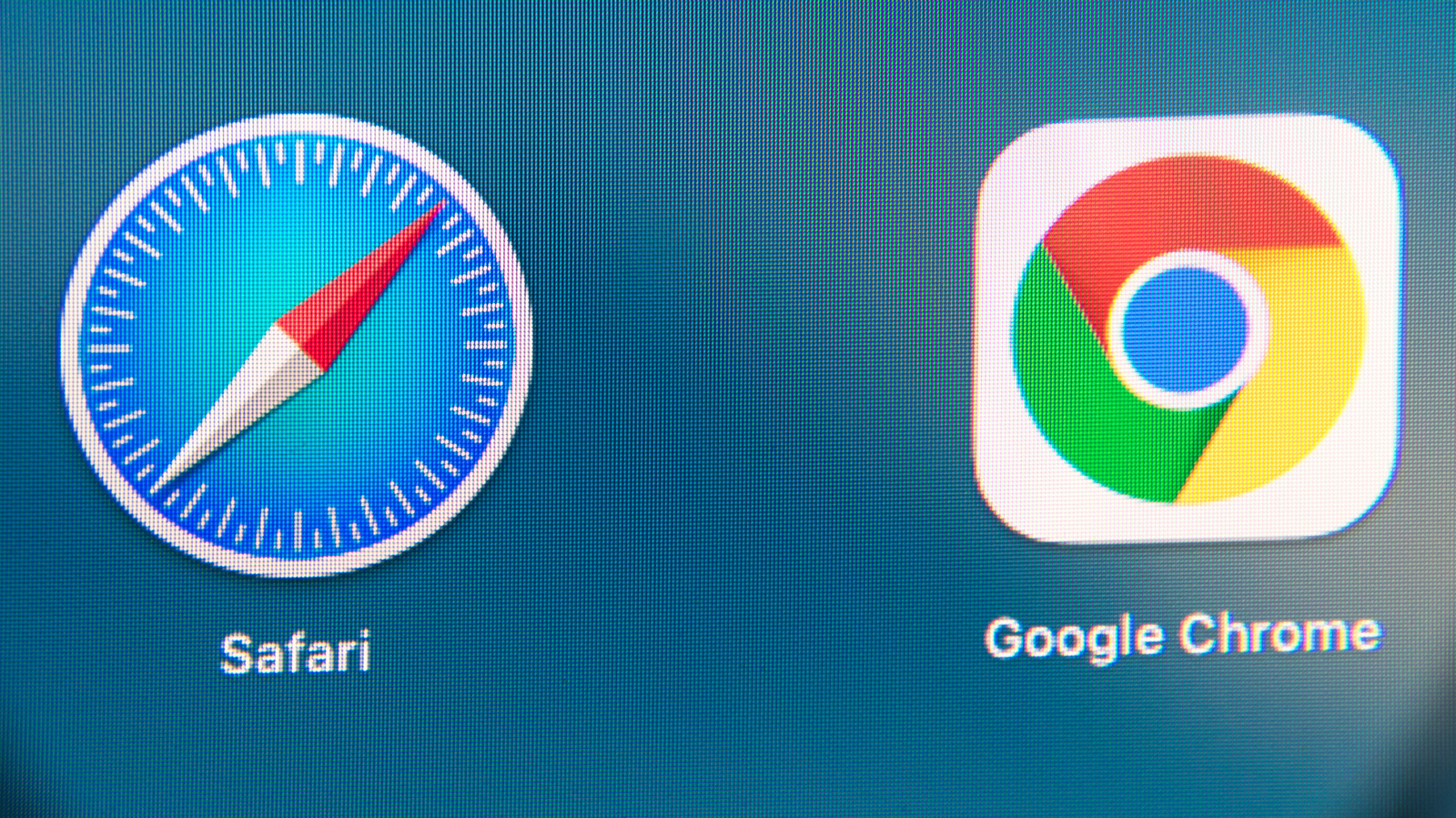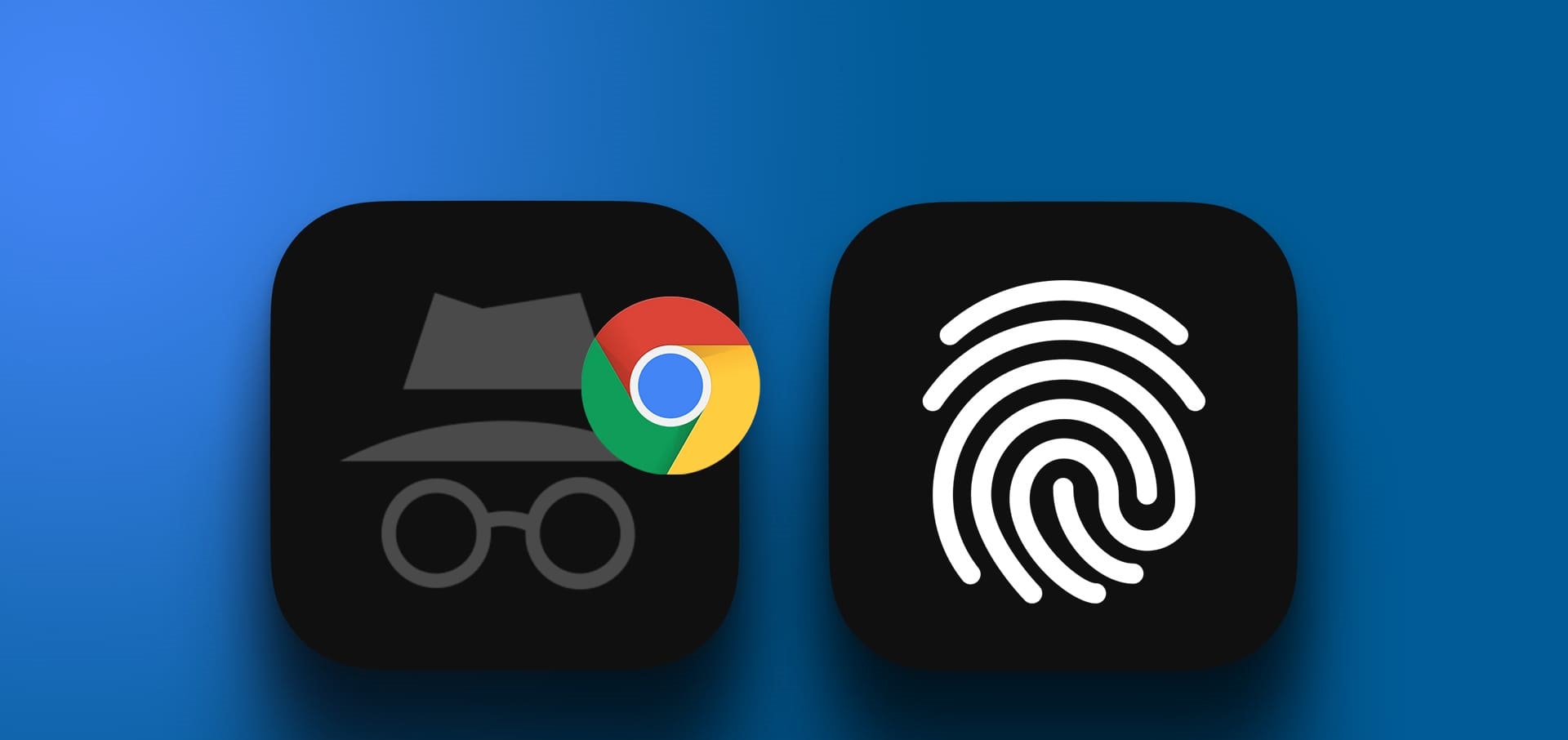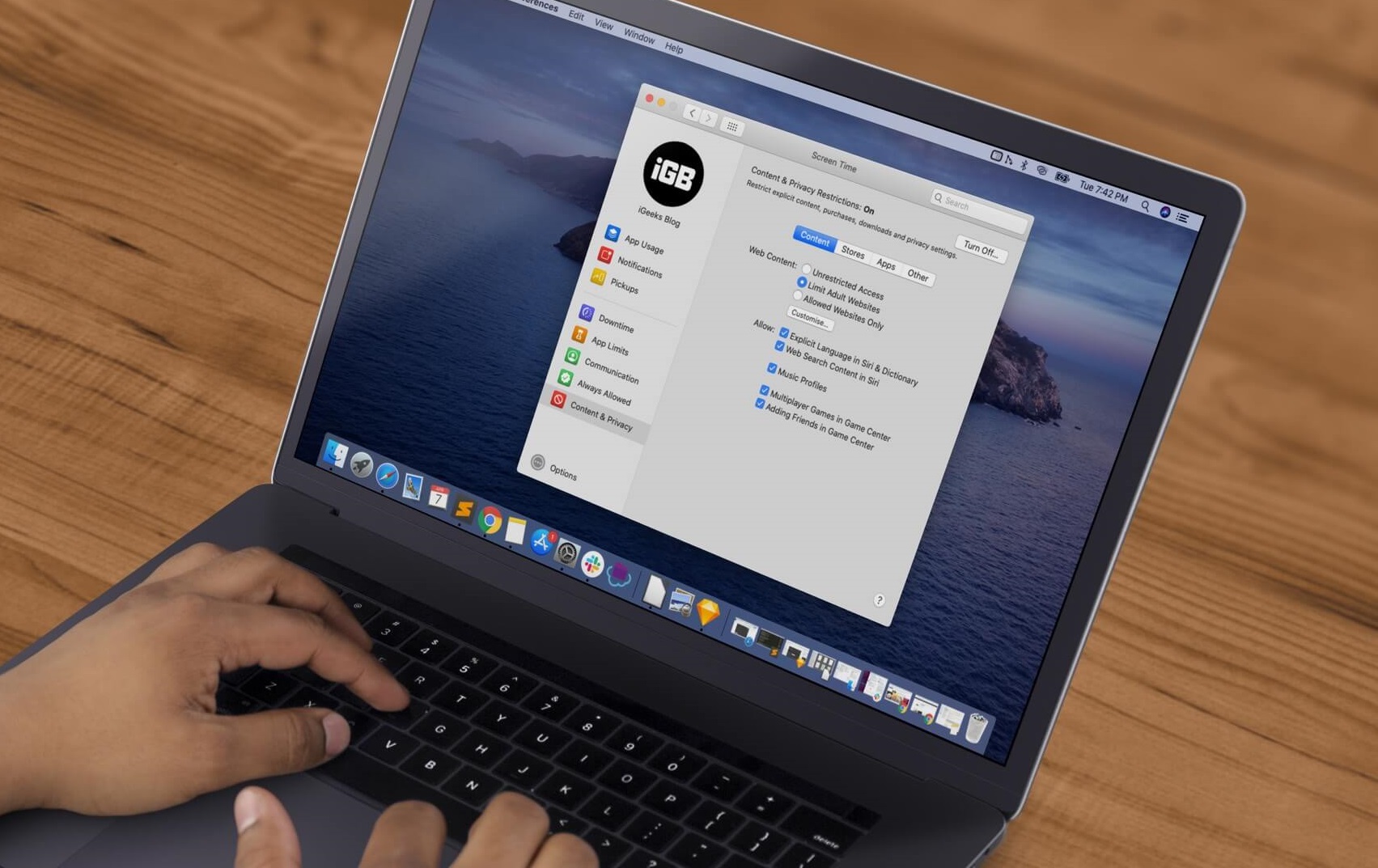Introduction
Have you ever found yourself in a situation where you needed to revisit a webpage you visited a while back, only to realize that it's no longer in your browsing history? It can be frustrating to lose track of important websites, especially when you can't recall the exact URL or the specific keywords to search for. Fortunately, modern web browsers like Google Chrome offer a convenient solution to this dilemma through the feature of saving browsing history.
In this guide, we'll explore the process of saving history in Chrome, allowing you to preserve and access important webpages with ease. Whether it's a fascinating article, a valuable resource, or a memorable website, you'll learn how to safeguard your browsing history for future reference. By following the steps outlined in this article, you'll be equipped with the knowledge to effectively manage and retrieve your saved history in Chrome, ensuring that you never lose track of important web content again.
So, if you're ready to take control of your browsing history and unlock the full potential of Chrome's history-saving capabilities, let's dive into the step-by-step process. Whether you're a casual internet user or a seasoned web surfer, mastering this feature will undoubtedly enhance your browsing experience and streamline your access to valuable online content. Let's embark on this journey to discover the power of preserving your browsing history in Chrome.
Step 1: Accessing Chrome History
Accessing your browsing history in Google Chrome is a straightforward process that allows you to revisit previously visited websites and track your online activity. Whether you're looking to retrace your steps, revisit a helpful resource, or simply gain insights into your browsing habits, Chrome's history feature provides a convenient way to access this information. Here's how you can access your Chrome history:
-
Using the Menu Bar:
- At the top-right corner of the Chrome window, you'll find the three-dot menu icon. Click on this icon to reveal a dropdown menu.
- From the dropdown menu, navigate to "History." Upon clicking this option, a new tab will open, displaying your browsing history in chronological order.
-
Keyboard Shortcut:
- An efficient way to access your Chrome history is by using a keyboard shortcut. Simply press "Ctrl + H" on your keyboard (or "Cmd + Y" on Mac) to instantly open the History tab in a new Chrome window.
-
Direct URL:
- Another method to access your browsing history is by entering a direct URL into the address bar. Simply type "chrome://history" and press "Enter." This will directly open the History tab, providing immediate access to your browsing history.
Once you've accessed your Chrome history using any of these methods, you'll be presented with a comprehensive list of websites you've visited, organized by date and time. This allows you to effortlessly navigate through your browsing history and locate specific webpages based on your browsing patterns and timestamps.
By familiarizing yourself with the various methods of accessing Chrome history, you can efficiently leverage this feature to retrieve valuable information, revisit favorite websites, and gain insights into your online activities. This foundational step sets the stage for effectively managing and saving your browsing history in Chrome, ensuring that you have easy access to important web content whenever you need it.
Step 2: Saving History in Chrome
Now that you've accessed your browsing history in Chrome, it's time to explore the process of saving specific webpages for future reference. While Chrome automatically records your browsing history, there are instances where you may want to proactively save certain webpages to ensure easy access in the future. Whether it's a research article, a recipe, or a product page, saving history in Chrome empowers you to preserve valuable web content with just a few simple steps.
Saving Individual Webpages
-
Bookmarking: One of the most common methods of saving history in Chrome is by bookmarking individual webpages. When you come across a webpage that you want to save, simply click on the star icon located in the address bar. This action adds the webpage to your bookmarks, allowing you to access it later by clicking on the bookmarks icon in the Chrome menu.
-
Using the Bookmarks Manager: For more organized storage of saved webpages, you can utilize the Bookmarks Manager in Chrome. By clicking on the three-dot menu icon and selecting "Bookmarks" > "Bookmark Manager," you can create folders and subfolders to categorize and store your saved webpages efficiently.
Saving Multiple Webpages
-
Bookmark All Tabs: If you have multiple tabs open that you want to save collectively, Chrome offers the option to bookmark all open tabs at once. Right-click on any tab and choose "Bookmark All Tabs" to save them as a group, preserving your browsing session for future reference.
-
Extensions and Add-Ons: Chrome provides a wide range of extensions and add-ons that enable you to save and organize webpages effectively. From dedicated bookmark managers to specialized tools for saving articles and resources, exploring the Chrome Web Store can lead you to valuable extensions that align with your saving preferences.
Syncing Across Devices
Chrome's synchronization feature ensures that your saved history is accessible across all your devices. By signing in with your Google account, you can seamlessly access your saved bookmarks and browsing history on any device where you're logged in to Chrome, providing a unified browsing experience across multiple platforms.
By mastering the art of saving history in Chrome, you can curate a personalized collection of web content that aligns with your interests, work, and hobbies. This proactive approach to preserving valuable webpages empowers you to build a curated repository of online resources, ensuring that important information is always within reach whenever you need it.
Step 3: Organizing Saved History
Once you've saved a multitude of webpages in Chrome, it's essential to organize them effectively for seamless retrieval and efficient management. The process of organizing your saved history involves categorizing, labeling, and structuring your saved webpages to create a well-organized repository of valuable online content. By implementing thoughtful organization strategies, you can streamline your access to specific webpages, enhance your browsing experience, and maintain a clear overview of your saved history.
Creating Folders and Subfolders
Chrome's Bookmarks Manager offers a robust organizational framework that allows you to create folders and subfolders to categorize your saved webpages. By grouping related web content into distinct folders, you can establish a logical structure that aligns with your interests, projects, or research topics. For example, you can create folders such as "Work Projects," "Recipes," "Travel Inspiration," or "Educational Resources," and further organize them with subfolders for enhanced granularity.
Utilizing Descriptive Labels and Tags
Assigning descriptive labels and tags to your saved webpages can significantly enhance the organization and searchability of your browsing history. When saving a webpage, consider adding relevant keywords or descriptors in the bookmark's name or description. Additionally, Chrome allows you to add tags to your bookmarks, enabling you to categorize them based on specific themes, topics, or attributes. This tagging system facilitates quick and targeted retrieval of webpages based on their associated labels, streamlining the browsing experience.
Sorting and Filtering Options
Chrome's Bookmarks Manager provides sorting and filtering options that empower you to arrange your saved history based on various criteria. You can sort your bookmarks by title, URL, or date added, allowing you to customize the display of your saved webpages according to your preferences. Furthermore, the filtering feature enables you to narrow down your browsing history based on specific labels, making it effortless to locate webpages that fall within particular categories or themes.
Syncing and Cross-Device Accessibility
By leveraging Chrome's synchronization capabilities, your organized saved history seamlessly syncs across all your devices. This synchronization ensures that your meticulously organized folders, labeled bookmarks, and tagged webpages are accessible on any device where you're signed in to Chrome. Whether you're using a desktop computer, a laptop, or a mobile device, you can effortlessly access your thoughtfully organized browsing history, fostering a consistent and unified browsing experience.
By implementing these organizational strategies, you can transform your saved history in Chrome into a well-structured and easily navigable resource. This proactive approach to organizing your browsing history empowers you to maintain a curated collection of web content that aligns with your interests, projects, and pursuits, ensuring that valuable information is systematically arranged and readily available whenever you need it.
Step 4: Accessing Saved History
After diligently saving and organizing your browsing history in Chrome, the next crucial step is to master the art of accessing your meticulously curated collection of saved webpages. Whether you're seeking to revisit a specific article, retrieve a valuable resource, or simply explore your personalized repository of online content, Chrome offers intuitive methods to seamlessly access your saved history. By familiarizing yourself with these access techniques, you can effortlessly retrieve and leverage your curated web content to enhance your browsing experience.
Navigating Bookmarks and Bookmark Manager
Chrome's Bookmarks feature serves as a gateway to your saved history, providing quick access to your curated collection of webpages. By clicking on the bookmarks icon in the Chrome menu, you can effortlessly navigate through your saved bookmarks, organized into folders and subfolders. This streamlined access allows you to locate specific webpages based on their categorization, making it convenient to retrieve content aligned with your interests or projects.
Furthermore, the Bookmark Manager in Chrome offers an advanced interface for accessing and managing your saved history. By accessing the Bookmark Manager through the Chrome menu or using the keyboard shortcut "Ctrl + Shift + O," you can explore a comprehensive overview of your bookmarks, complete with search functionality and organizational tools. This robust interface empowers you to efficiently navigate through your saved history, locate specific webpages, and gain insights into your curated collection.
Utilizing Search and Filtering Capabilities
Chrome's search functionality extends to your saved bookmarks, enabling you to quickly locate specific webpages based on keywords, titles, or descriptors. By utilizing the search bar within the Bookmarks Manager, you can enter relevant terms to instantly filter your saved history, pinpointing webpages that align with your search criteria. This powerful search capability streamlines the process of accessing saved history, ensuring that you can retrieve valuable web content with precision and efficiency.
Additionally, Chrome's filtering options within the Bookmark Manager allow you to refine your browsing history based on specific criteria such as labels, tags, or creation dates. This granular filtering empowers you to narrow down your saved history to focus on particular themes, projects, or interests, providing a tailored browsing experience that aligns with your preferences.
Cross-Device Accessibility and Synchronization
One of the standout features of Chrome's saved history is its seamless synchronization across devices. By signing in to Chrome with your Google account, your curated collection of saved webpages and bookmarks syncs across all your devices, ensuring that you can access your personalized browsing history on any platform where you're logged in to Chrome. Whether you're using a desktop computer, a laptop, or a mobile device, the synchronized access to your saved history fosters a consistent and unified browsing experience, allowing you to retrieve valuable web content regardless of the device you're using.
By mastering the techniques for accessing your saved history in Chrome, you can unlock the full potential of your curated collection of web content. Whether you're conducting research, pursuing personal interests, or seeking professional resources, the ability to effortlessly access and leverage your saved history empowers you to enhance your browsing experience and make the most of the valuable web content at your fingertips.

























